Have you done any eLearning lately? If so, you’re one of an estimated 200 million people who signed up for an online course since 2021.
That number is growing fast, as is the popularity of online learning.
- Online learning has grown 900% since 2000
- 70% of students prefer online learning to the classroom
- 49% of students globally have completed an online course
- The eLearning industry is projected to be worth more than $370 billion by 2026
- Online learning can increase student and employee retention to as much as 50%
(Source)
Improved technology, learning management platforms and increased acceptance of eLearning make online courses a very lucrative business.
- What You Need To Know About Creating Online Courses
- 1. Choose the Course Topic
- 2. Define the Audience and the Outcome
- 3. Choose Your Learning Platform
- 4. Structure Your Course
- 5. Outline Course Modules
- 6. Choose The Content Format
- 7. Produce Your Online Course
- 8. Create a Website
- 9. Set a Price for the Course
- 10. Test Everything
- 11. Launch the Course
- 12. Marketing Your Online Course
- 13. Gather More Feedback
- Creating an Online Course
- Online Course FAQs
If you’re tempted to create an online course for your company or for profit, you’re in the right place.
We run SkillJet, an online course website for small businesses. We also create video courses on creating websites, online stores and everything WordPress.

We’ll show you how to create an online course in just 13 steps. We’ll show you how to plan, structure, market it and gather feedback so you can continually improve it!
What You Need To Know About Creating Online Courses
Before we get into how to create your course, it’s probably a good idea to set some expectations.
We see a lot of posts online, including Reddit and Quora, telling people how easy it is to create and sell online courses.
It isn’t.
While anyone can throw a bunch of material together and call it a course, you need to go above and beyond to succeed in such a competitive market.
Expect to:
- Spend a lot of time researching, learning and designing your course
- Writing and rewriting course material and scripts
- Shooting and reshooting videos
- Learn new skills like video editing or storyboarding
- Set up everything you need to create your course
- Tweak the course constantly until you’re completely happy
- Launch the course and be receptive to feedback
- Market your course so it’s a success
The good news is that if you do all those things, once the work is done, your course could begin earning profit almost immediately!
So without further delay, here’s how to create an online course in just 13 steps!
1. Choose the Course Topic
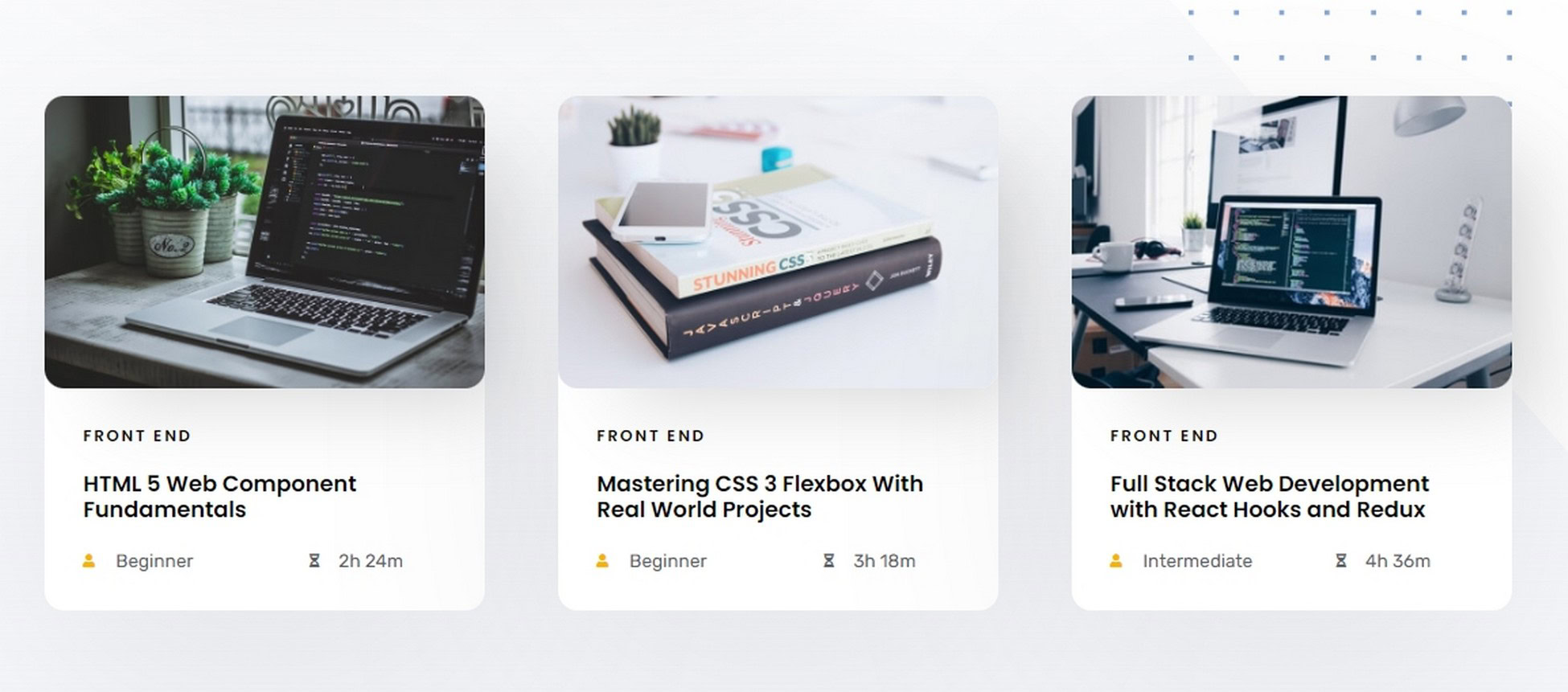
If you already know what you want to teach in your course, feel free to skip this part.
If you don’t already know the course topic, consider the following:
- Teach what you know – Use your existing knowledge, skills or experience to share with your audience.
- Check demand – Look on social media, check forums and anywhere else you can think of to see what courses are most in demand.
- Compare the competition – Check online course platforms to see the best-selling courses to see if you could do better.
If you see demand for courses you have particular knowledge of, or experience in, that’s your topic.
If you’re a web designer, you could create some amazing online courses teaching others how to build amazing websites.
If you notice particular topics are receiving high subscription numbers at Udemy or other platforms, see if you could do better.
None of these will guarantee success but they should provide a great foundation from which to create a successful online course.
2. Define the Audience and the Outcome

Once you have decided on a topic, it will help to understand a little about the people likely to take the course.
Ask yourself:
- Why are they taking the course?
- Is the course likely to be for career or hobby?
- Are they likely to be a beginner or have experience?
- Does the course provide certification?
- Is the course score-based or completion-based?
- Would they prefer video, audio, written content or all the above?
If you can research the audience and answer most, or all, of these questions, you can deliver exactly what they want.
That should result in much higher uptake and profit!
While you’re asking questions, you might also want to consider:
- What are the shortcomings of other courses in the niche?
- What are key pain points or frustrations linked to the topic?
- What could you do better than competing courses?
- How would your course stand out or be unique enough to encourage uptake?
- What will you need to do to ensure courses are regarded as worthwhile?
- Will you need to offer accreditation?
We’ll leave the questions for now but we’re sure you’ll think of others!
3. Choose Your Learning Platform
We think it’s useful to consider what learning platform to use early on. While most platforms are the same, some have particular needs you may have to factor into your course.
Those needs may include structure, content type, your approach, the target audience and even how you price courses.
Here are some common eLearning platforms and their ideal use case:
| Platform | Main Features | Best For | Price |
|---|---|---|---|
| Your own website | Full control, no commission to pay | Anyone with the time to manage their own website | From $100 per year (hosting, domain, theme, LMS) |
| Udemy | Easy to use, lots of tools, huge audience | New course creators | Free, from 3% to 63% commission |
| Teachable | Course creators with multiple courses | AI features, marketing tools | Free, from $39 per month +$1+10% per transaction |
| Thinkific | Lots of resources to build courses | Creators who want customization and lots of addons | Free, from $36 per month |
| Skillshare | Simple course creation, large audience | All types of course creators, from newbies upwards | Free + royalties for premium minutes watched |
| Podia | Intuitive course builder | Selling subscriptions as well as courses | From $4 per month 8% per transaction |
| Kajabi | Course creation and marketing tools | Hands-off earning once course created | From $55 per month |
| Mighty Networks | Community-based learning platform | Building paid communities around learning | From $99 per month |
We recommend checking each platform for any prerequisites before you create them, just in case.
We’re fans of setting up your own website to manage your own courses.
It’s more work, but you also get more control. You can also use your site to add more courses, add a store, a blog and use it for marketing and promotion.
If you feel the same way, here are some resources you might find useful:
- How To Create an Online Course Website With WordPress
- How To Create an Elearning Website The Easy Way
- LifterLMS vs LearnDash vs LearnPress Compared
- Online Course and LMS Website Templates and Designs
- 10 LearnDash Examples — Be Inspired With These Websites!
- 15 Best WordPress LMS Themes for Elearning Websites
The Astra blog has lots of eLearning content covering everything from web templates to working with learning management systems (LMS)!
4. Structure Your Course
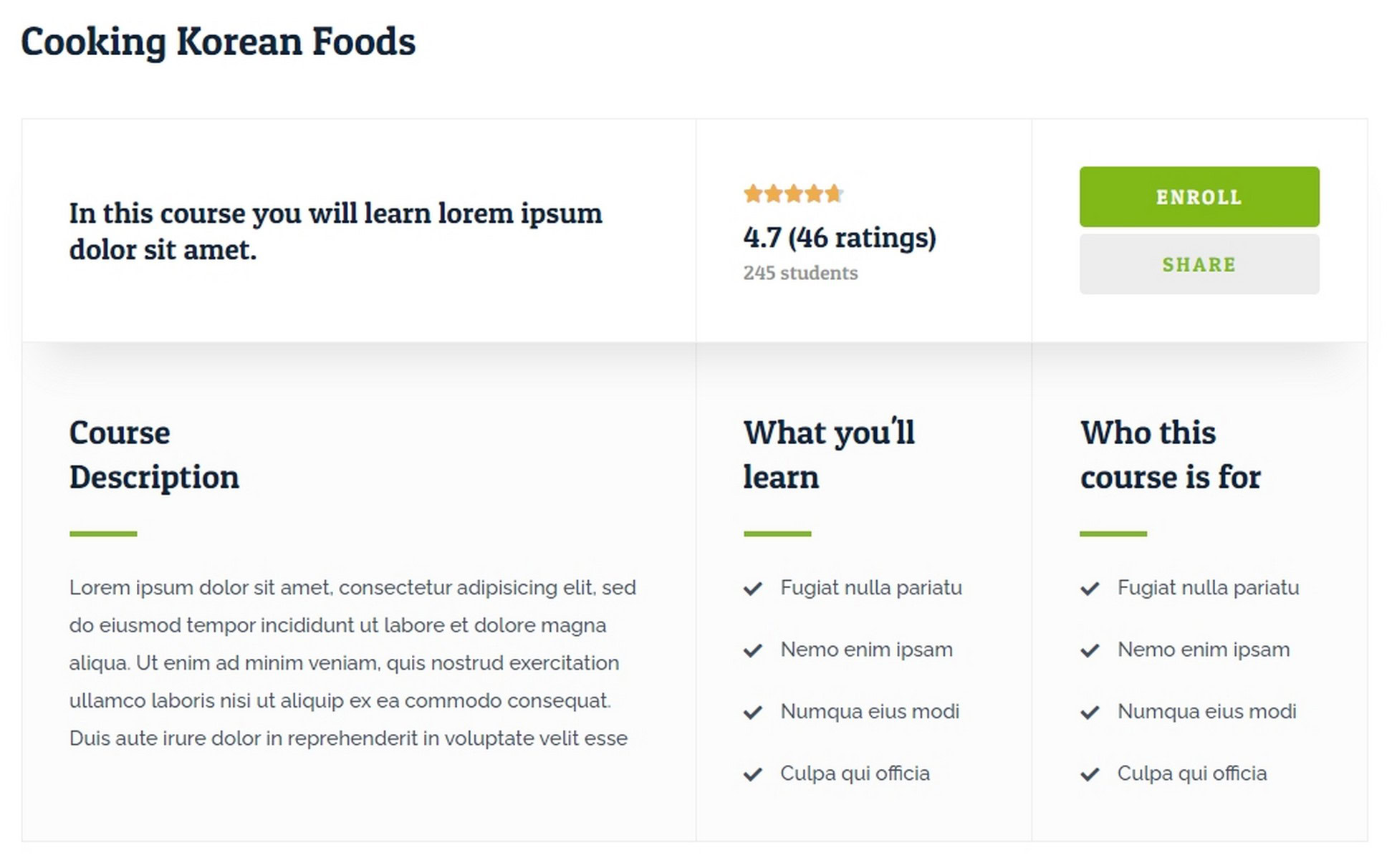
So you know what you’ll be teaching in your courses and have an idea of who will be taking them and why.
Now is a good time to give your course a structure.
The best courses tell a story with linear flow from beginning to end. This is especially true for beginner courses as you’ll need to cover principles and theory before getting to the practical.
For example, a web design course might be structured a little like this:
- Introduction – What you’ll learn
- Setting up – Required tools and resources
- Different types of web pages – HTML, CMS, PHP, static, dynamic
- Introduction to page builders – Spectra, Elementor, Divi and others
- How web pages are built – Introduction to HTML and CSS
- Page structure – Rows, columns and flexboxes
- Headings and hierarchy – Why proper headings are important
- Color theory – How color influences engagement
- Typography – What’s in a font?
- The power of images – How and why images are so important
- Bringing it all together – Building your first web page
- Next steps – Testing, refining and launching your pages
That’s just an example to show how linear progression ensures learners are given what they need before they need it.
Your structure may differ, which is perfectly fine.
5. Outline Course Modules
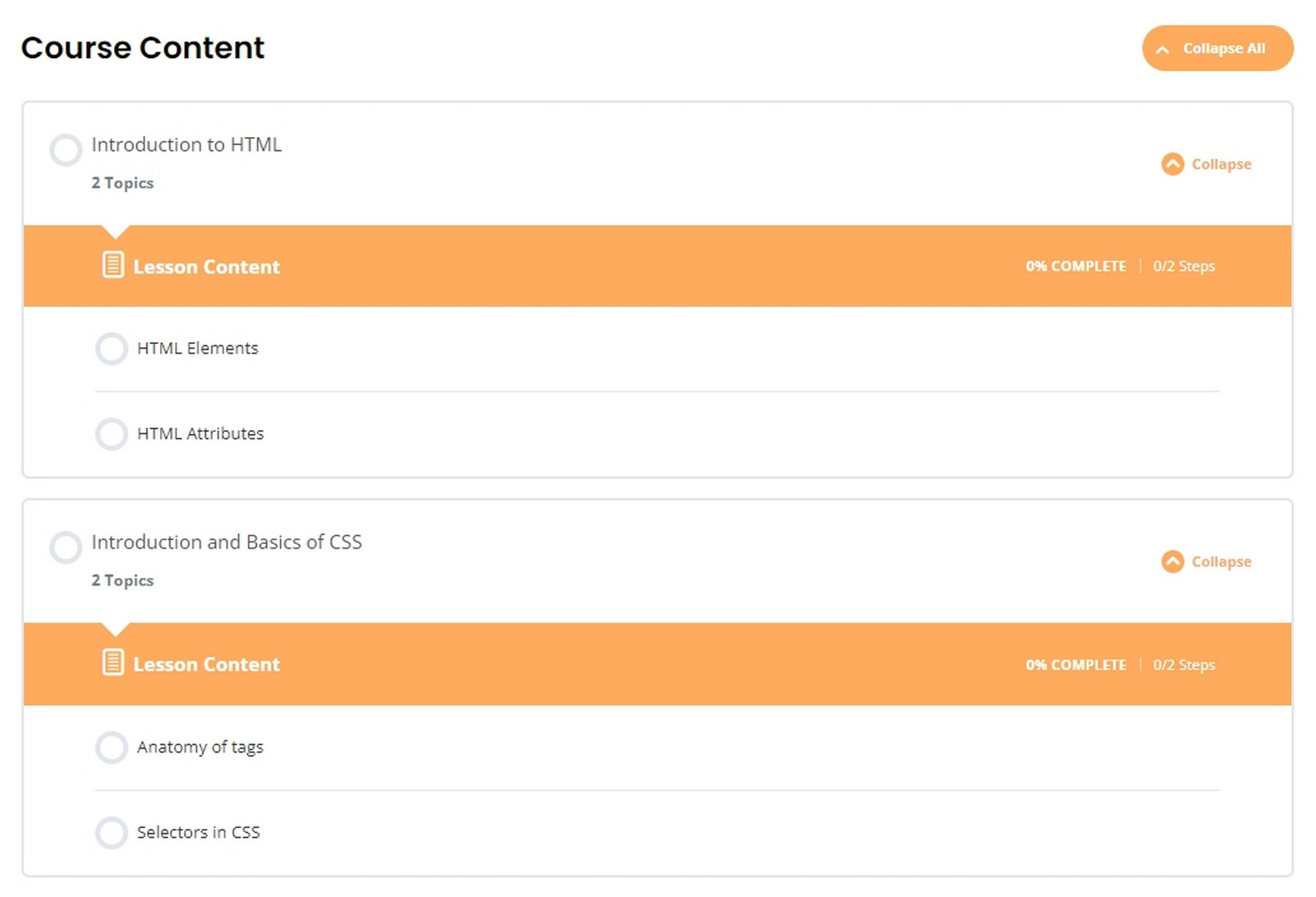
The outlining stage of online courses is often referred to as storyboarding, like in the movies or for TV.
The idea is to create a visual outline for how each module flows from beginning to end.
If you’re working on your own, a storyboard helps keep you organized and ensures you don’t miss anything.
If you’re working as part of a team, it helps keep everyone aligned and working to the same outcome.
A storyboard should include:
- Module title and desired learning outcome
- Type of training content – Video, audio, practical, written
- Plan of course content, quizzes and questions
- Mockup of flow through the module
- List of added resources to supplement the teaching
- Outline script for video or audio elements
The level of detail you use in your storyboard is entirely up to you. The more detail you add, the less time it will take to create each module.
Read this for more information on creating course outlines and storyboarding.
6. Choose The Content Format
The content format will depend on the topic, your target audience, their experience level and your teaching style.
You may also want to include learning styles in your format.
There are widely believed to be 8 learning styles, with each of us having a particular way of learning that works best.
| Learning Style | Best Mediums |
|---|---|
| Visual | Video, slides or images |
| Auditory | Podcasts, lectures, audiobooks |
| Kinesthetic | Doing, making, building |
| Reading | Written courses or course notes |
| Social | Working with others to learn and solve problems |
| Solitary | Working alone to absorb information and work problems |
| Linguistic | Podcasts, video, live discussions |
| Logical | Quizzes, problems, puzzles |
As you don’t really know who will be taking your course, it makes sense to include as many learning styles as practicable.
The majority of online courses are video. But, as you can see from the learning styles above, video will only cater to part of your audience.
If you could include written course notes, quizzes, discussions and practicals, you include almost all types of learners.
That’s the approach we would recommend.
7. Produce Your Online Course
Now the groundwork is complete, it’s time to start building your course!
This is the core of creating an online course but the one we can least show you how to do as every course is different.
When we create online courses, we follow this kind of process:
- Choose the topic and intended outcome
- Create a student persona so we know who we’re talking to
- Create a structure and storyboard for the course
- Outline each part of each module and refine it until we’re happy
- Write the written content, create images, charts and PDFs
- Record all the videos within a module
- Create any additional content to supplement your main course materials
- Create a sample module or teaser video for marketing
- Review all content, add, remove, edit as you see fit
- Make sure you have included as many learning styles as possible
- Set the price according to depth, value and competition
- Create a course landing page and any LMS pages if required
- Upload the course to your platform
- Ask someone to test the user journey and the entire course
- Launch!
Your process may differ depending on how you’re building it but this should give you an idea of what’s involved.
8. Create a Website
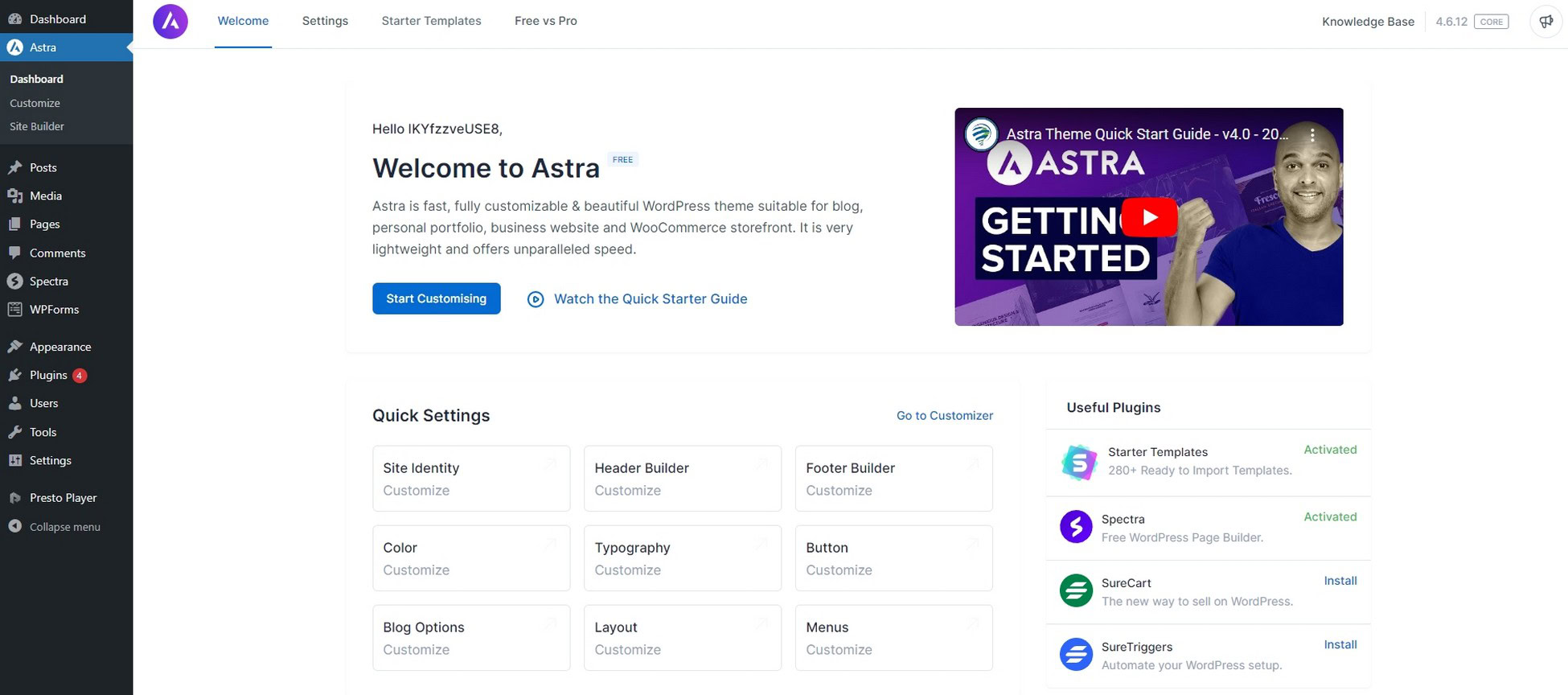
Even though there are lots of eLearning platforms out there, we’re fans of doing it yourself.
Why?
- You control everything including the course, data and branding
- You don’t have to pay commission (although there are costs involved)
- You can engage with students however, wherever and whenever you like
- You could add a store to sell merch, books, subscriptions or extra course materials
There is more work involved in setting up your own eLearning website. But, like courses, once you’re done, it requires minimal effort to maintain.
In return for your effort, you can control every aspect of branding, marketing, engagement, the courses, material and community.
You won’t have to pay commission either.
Expect to pay around $100+ per year for a domain name and web hosting to run the website though.
You could use the Astra theme for free, although premium offers some powerful building tools to make your site stand out.
Here are three examples of Astra templates you could use for your online course website:
Online Courses
Online Cooking Courses
Online Programming Course
Choose the right educational theme, use a good LMS, a free eCommerce plugin and you could build an online learning community for next to nothing!
Essential reading: How To Create an Online Course Website With WordPress – Step by Step Guide
9. Set a Price for the Course
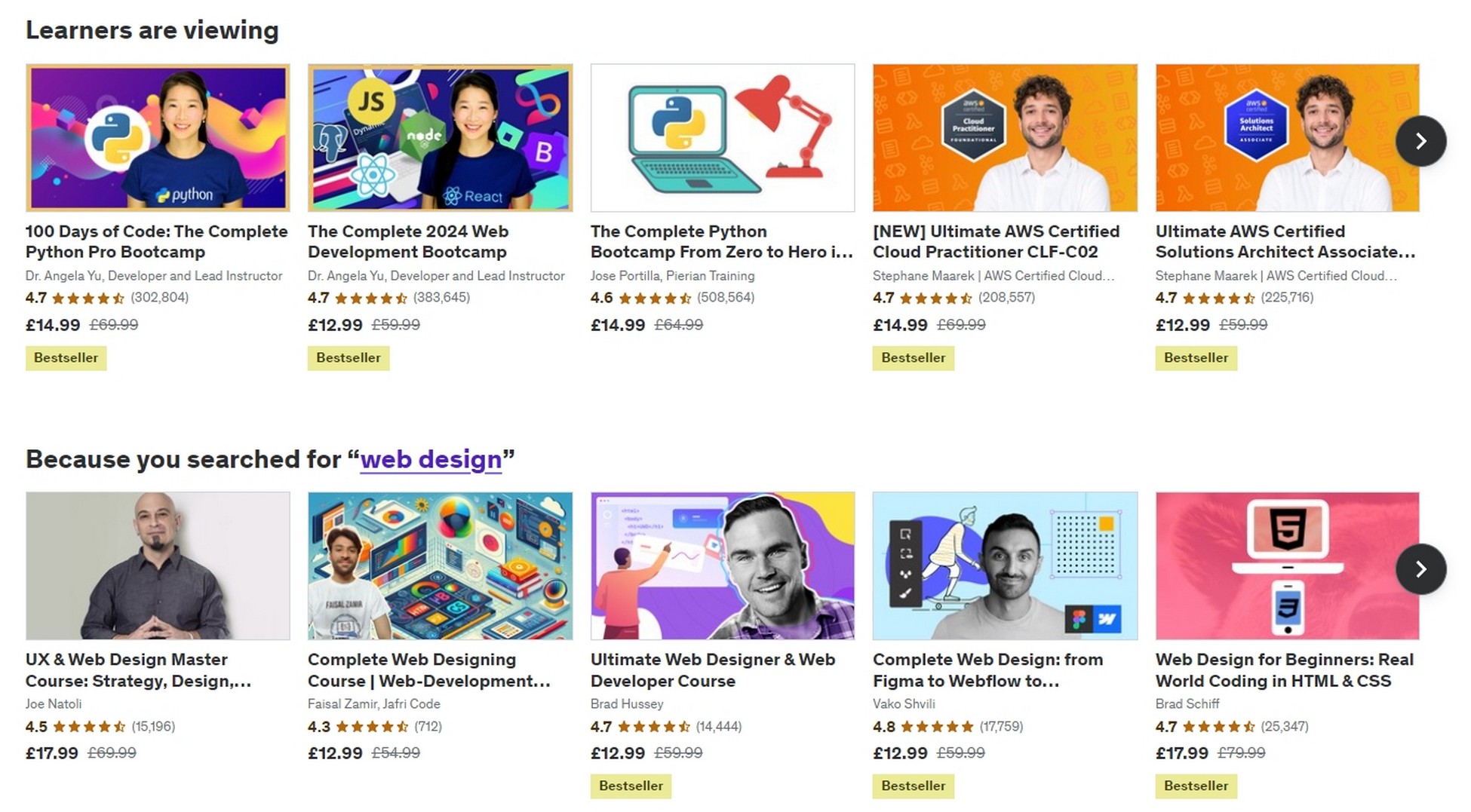
Setting a price could be the easiest, or most difficult task, aside from creating the course itself.
You have to price it low enough to make it accessible and high enough that it’s worth the effort.
You also have to price it high enough that it has perceived value but not so much that it’s out of reach of those who could benefit most from the training.
Pricing will also depend on the platform you use, whether it’s a one-off cost or subscription and how much commission you’ll need to pay.
The chart earlier shows platform fees and commissions but we recommend checking fees carefully before setting your price.
If you’re setting up your own online course website, you’ll want to cover running costs and make a profit.
You’ll also want to factor in marketing costs, paid ads and any expenses related to gathering an audience.
If you’re planning to use a platform, you’ll need to price the course so there’s profit left over after commission. You’ll also need to factor in promotions run by the platform that can heavily discount the price.
We recommend:
- Checking similar courses on popular learning websites
- Calculating running costs if self-hosting or commissions if using a platform
- Setting the price higher at first but be prepared to lower it if uptake is low
- Looking to sell via your USP or inherent value rather than price
We use that last point in our own business. We offer access to SkillJet courses as part of an Astra premium plan.

Rather than sell access directly, we use it to add value to an already feature-packed Business Toolkit.
That approach may not work in your situation, but it’s useful to know there’s more than one way of going about things.
There’s a lot that goes into pricing and we would recommend spending as much time as you need to get it right. This online course pricing guide might help.
10. Test Everything
You may have spent weeks up to this point and think you know everything about your course and how it will be received.
But you would be wrong.
A course is only going to be successful if other people get what they need from it. That means testing.
We cannot emphasize testing enough. We do it constantly with everything we do and it really pays off.
We recommend preparing your course as much as possible, setting it up on your platform of choice or your own website.
But don’t make it live just yet.
Ask friends or family to follow the exact user journey students will take. Ask them to sign up, enroll, take classes, complete quizzes and do everything a student would.
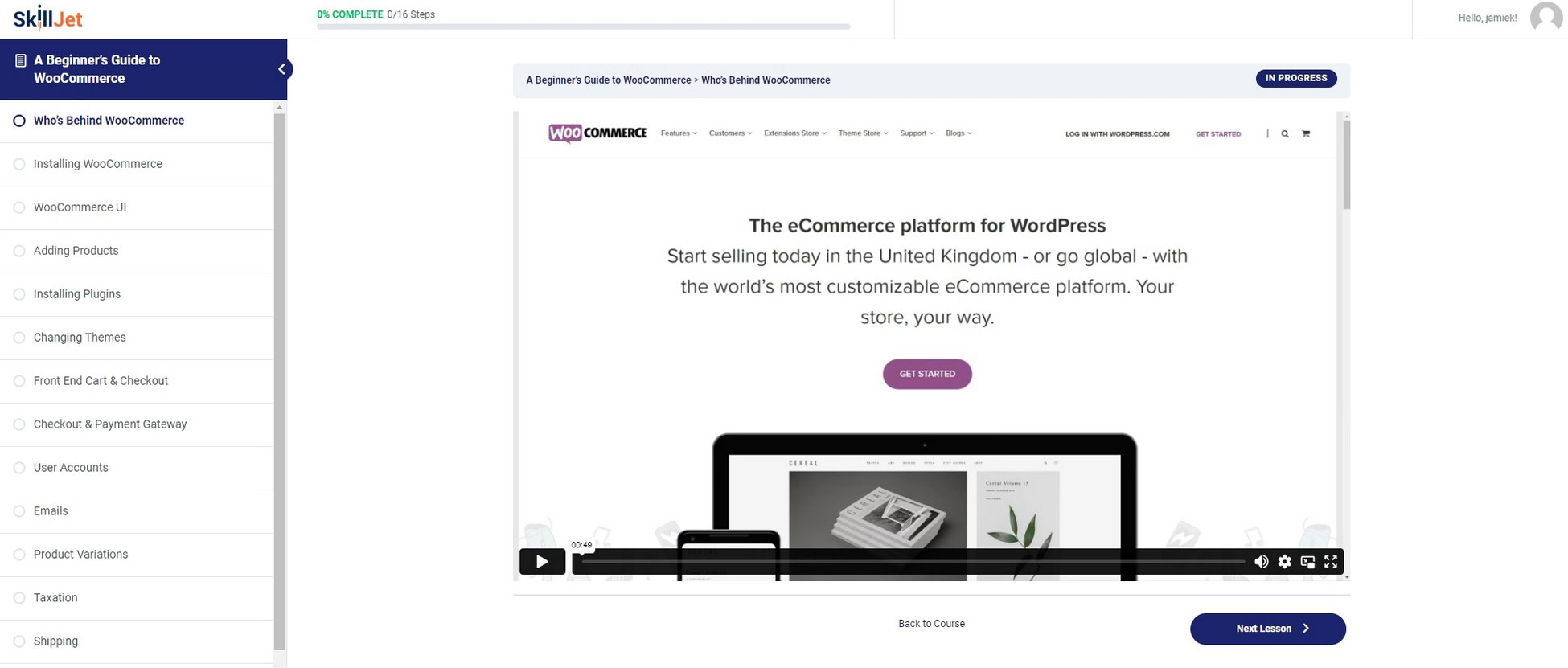
Then ask them for feedback.
Make sure your tester(s) feel comfortable giving honest feedback and do everything you can not to react or take anything personally.
Feedback could be the difference between success and failure. The more testing you can do, the better your course will be.
If there are changes to be made, make them before launch.
Testing can be a tough time but it’s far better for someone you know or trust to find faults than a customer!
11. Launch the Course
So far you have researched topics, identified your audience, chosen a learning platform, built a course and set a price.
You should ideally have performed some testing too.
Next you need to launch your course. How difficult this is depends entirely on the platform you choose.
If you checked the platform prerequisites earlier as we suggested, you should already have a good idea of what’s expected.
Format your course so it complies, submit it for checking and wait for approval.
If you’re self-hosting on your own website, set up your LMS plugin, add your course, set up pricing and a way to pay and you’re good to go.
Now the real work begins!
12. Marketing Your Online Course
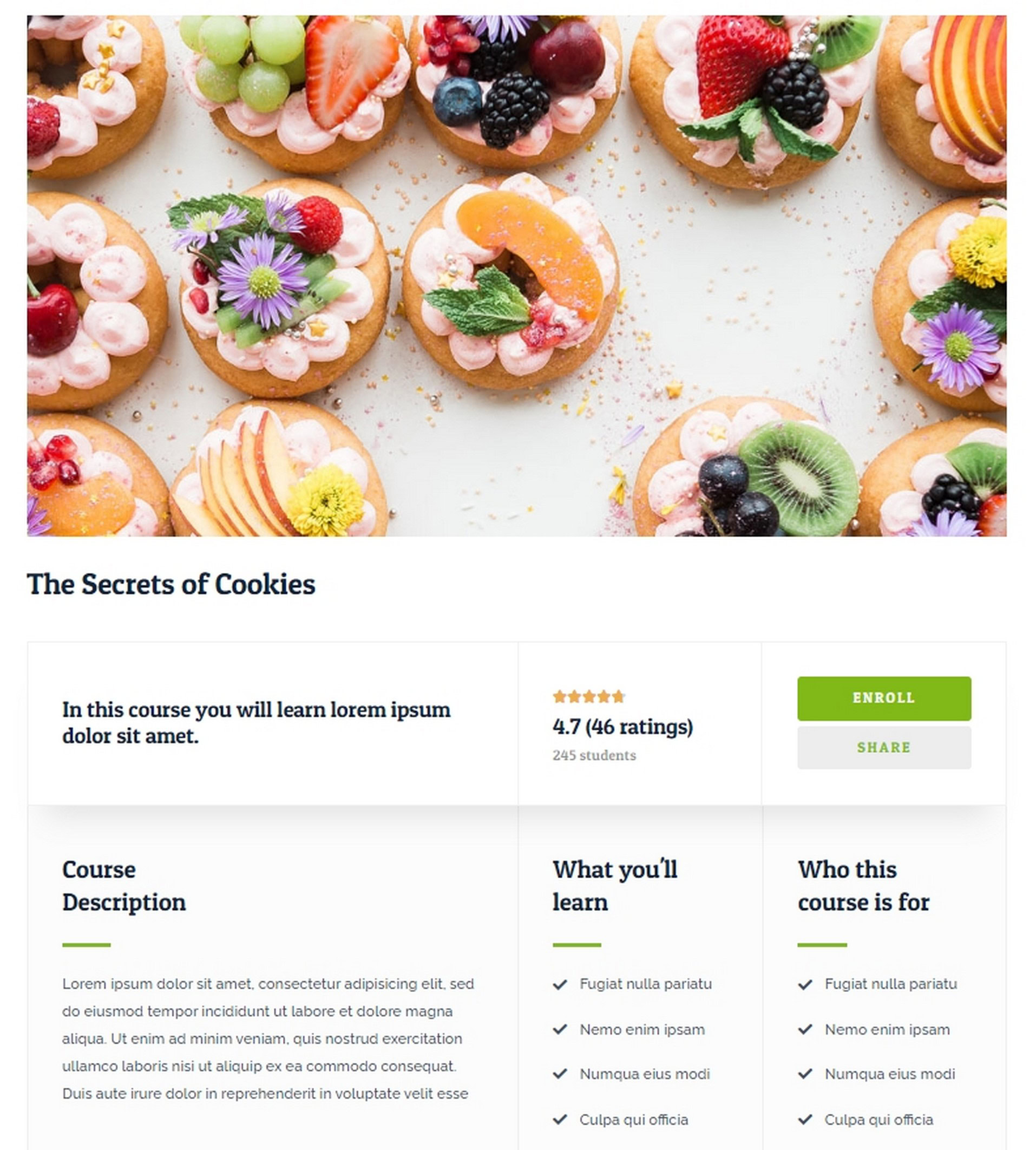
Someone famous once said, ‘marketing is something you start and never stop’.
That’s something you’re going to have to make peace with if you want to be a successful online tutor.
You can market your online course in a number of ways regardless of the platform you use.
You’ll need to market even if you use Udemy, Skillshare or another platform. The platform will do some but you’ll need to do the rest.
Each of the following are optional, but useful marketing methods:
- Get yourself known on Quora, Reddit and relevant forums
- Create a specific landing page on your website for your course
- Use social media and leverage the relevant networks for the course type
- Set up paid ads leading to your landing page
- Link to your preview video or promo module wherever it fits
- Work with other subject matter experts to cross-promote each other
- Create lead magnets such as eBooks, cheat sheets or other resources
- Create your own forum or membership website
- Encourage students to leave reviews and post them on your site
- Use your blog to build authority and market your courses
The amount of marketing you do will depend on your budget and time you can spend on it. The more the better!
13. Gather More Feedback
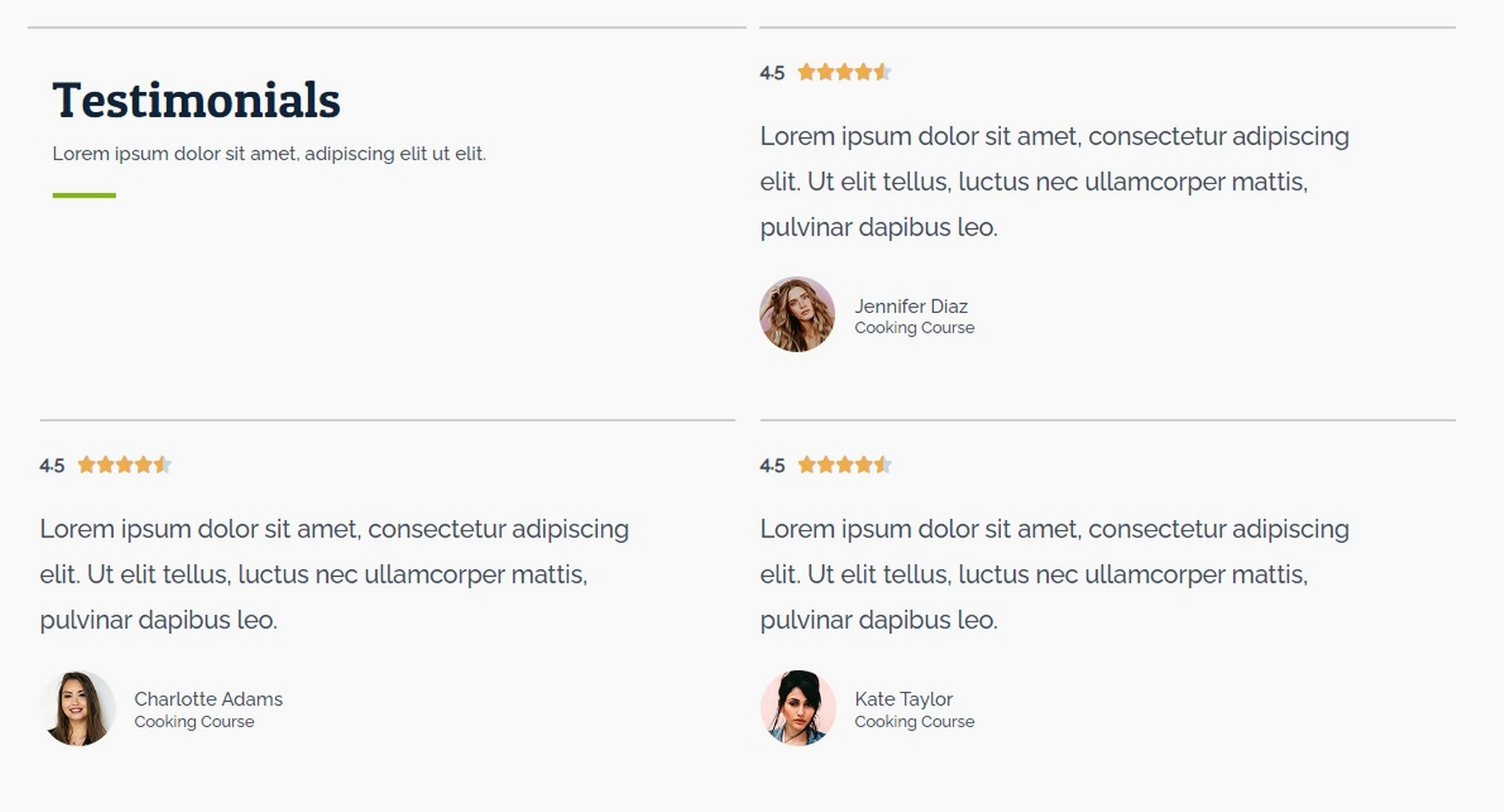
Even though you tested your course before launch, it may still need improvements until it delivers everything students expect.
While purely optional, we recommend:
- Encouraging reviews and responding positively to them
- Gathering feedback through online forms or social media
- Host social media polls or request feedback through the networks
- Email students once they complete the course and ask them how it went
Feedback is vital. When you work on something for so long and have put a lot of effort into it, you don’t always see it for what it is.
Feedback helps with that.
Gathering feedback isn’t for the faint of heart, but it’s an essential part of running a business.
Just remember to respond positively to everything that’s said. Address issues professionally and never let your frustrations out in public.
You can respond however you like in private, but your public persona must always be upbeat and professional!
Creating an Online Course
If you want a piece of what will soon be a $370 billion industry, you now have everything you need to get started.
We showed you how to prepare, structure and create an online course. We also shared resources to help build a course website and some marketing tips to attract students.
That’s everything you need to begin teaching for a living. The rest is up to you!
Do you create online courses? What platforms do you use? Have any LMS or platforms to suggest? Tell us about it in the comments below!
Online Course FAQs
Here are some common questions on online courses and their answers:
How do I create an online course?
You can create an online course with a platform or your own learning management system. It’s a structured process that ensures a smooth student journey from introduction to the final chapter. This post shares everything you need to know.
How much does it cost to create an online course?
You can create an online course for free but it may cost to sell it. If you self-host your course, you’ll incur the usual website running costs. If you use an eLearning platform, you may incur platform fees and commission. This post outlines the costs for all options. Do it right and no matter how much it might cost, there’s still profit to be made!
How do I create an online course for free to sell?
You can create a course for free using your standard office suite and video or audio equipment. If you have the tools already, it can cost nothing to create an eLearning course. If you need equipment, you’ll need to factor that into the cost. The main costs come when you want to launch and sell it. Read this post to understand what’s involved.
Is creating an online course profitable?
Creating an online course can be incredibly profitable. The industry attracts millions of users, all wanting to improve their knowledge or learn new skills. If you create quality courses that deliver what students are looking for, you could definitely make a profit.

No Content
Disclosure: This blog may contain affiliate links. If you make a purchase through one of these links, we may receive a small commission. Read disclosure. Rest assured that we only recommend products that we have personally used and believe will add value to our readers. Thanks for your support!



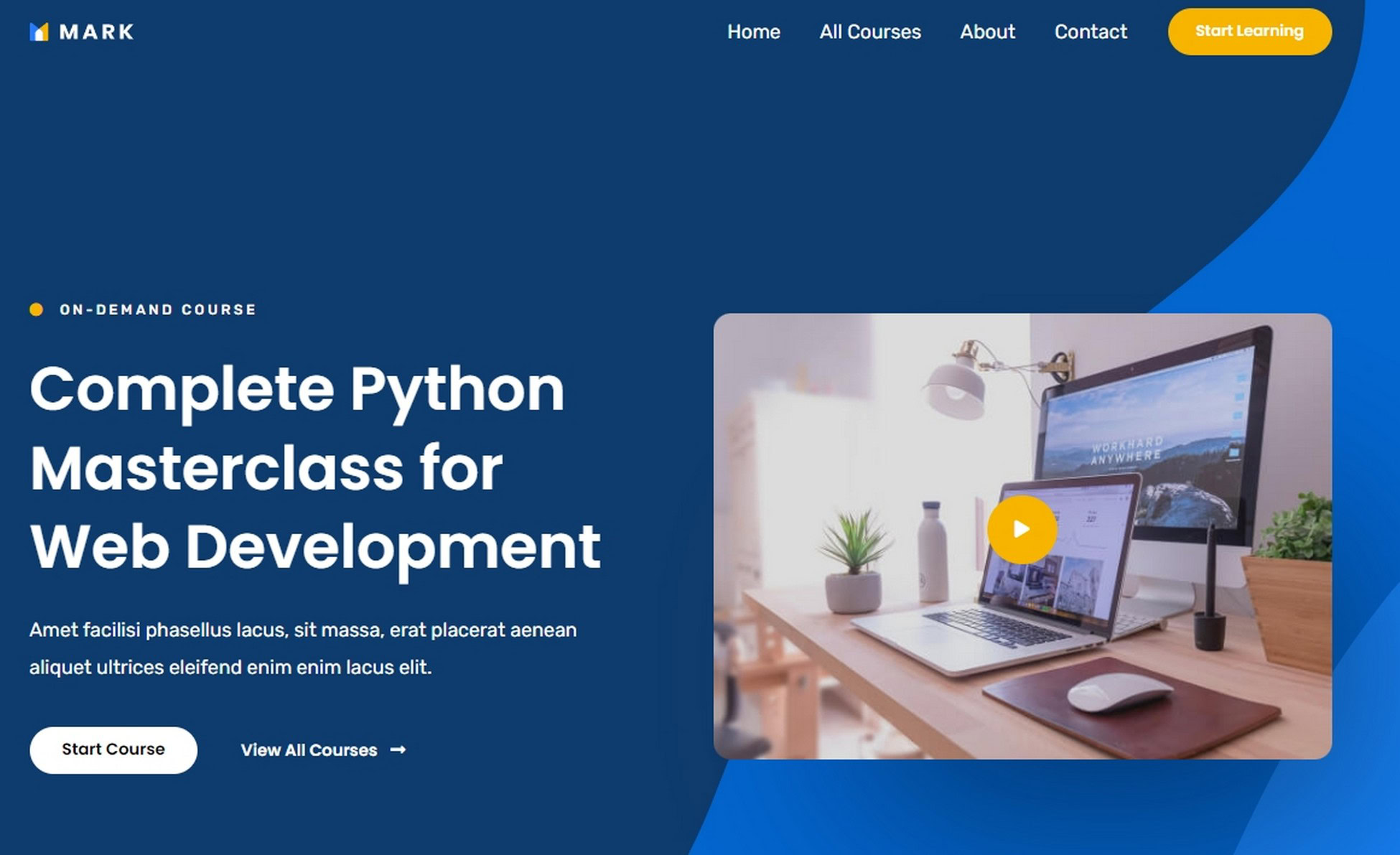
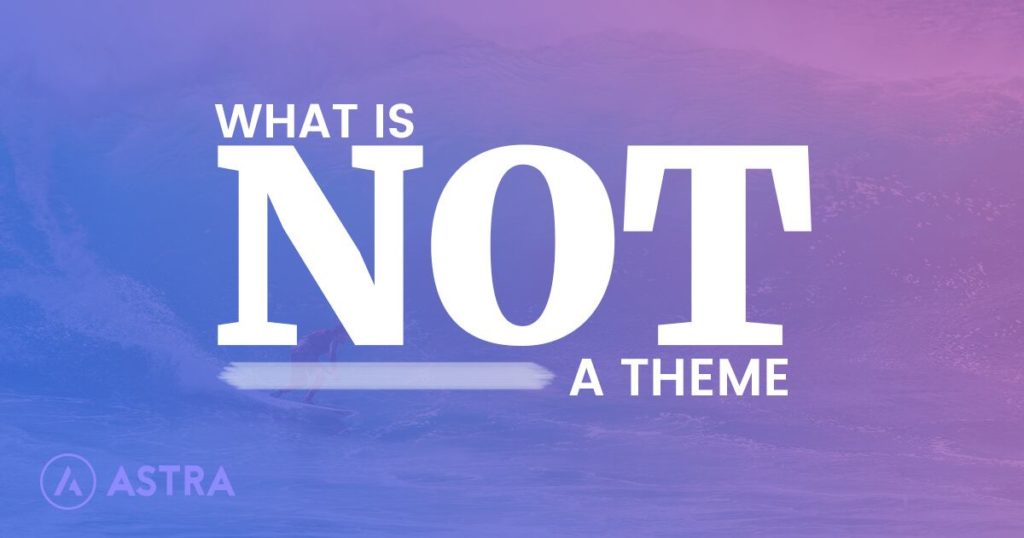
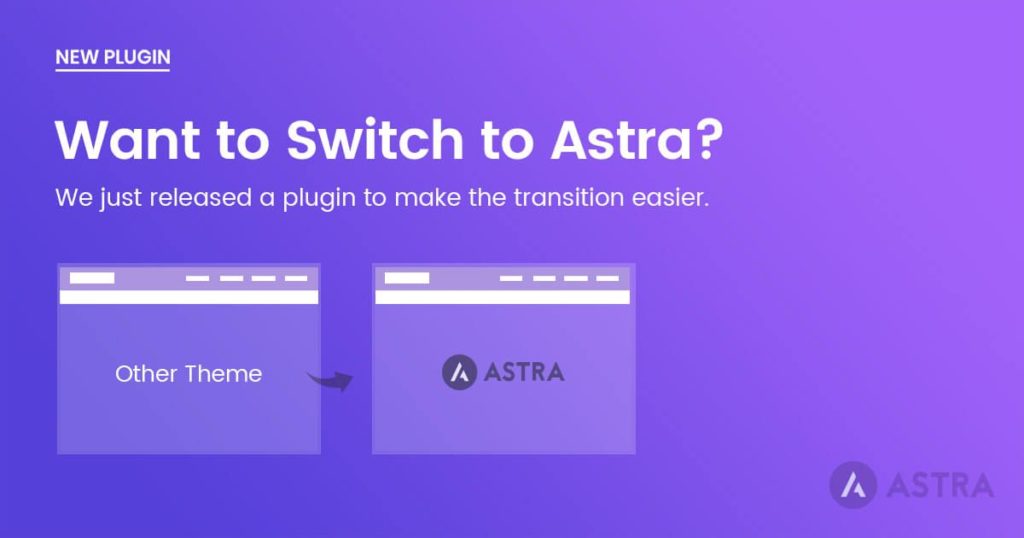
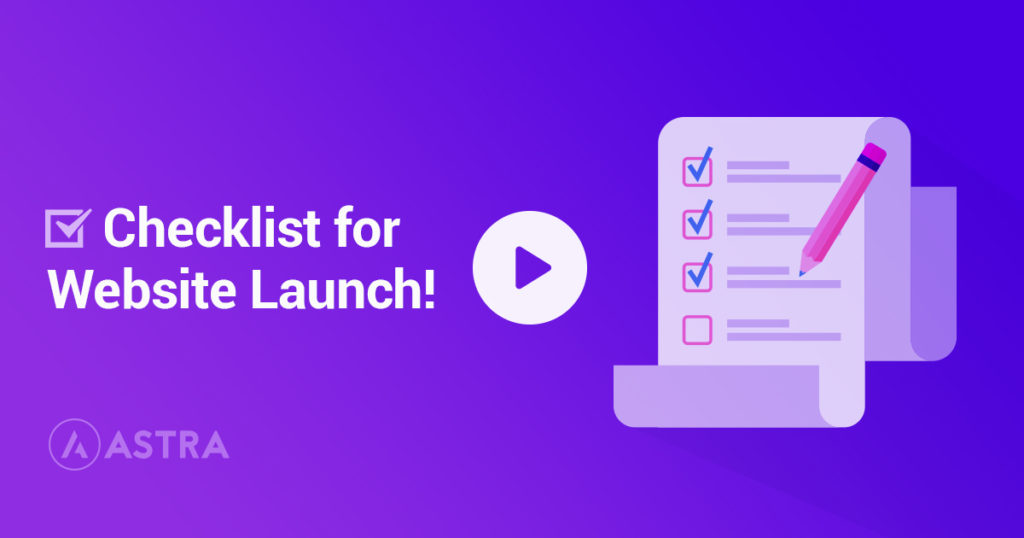

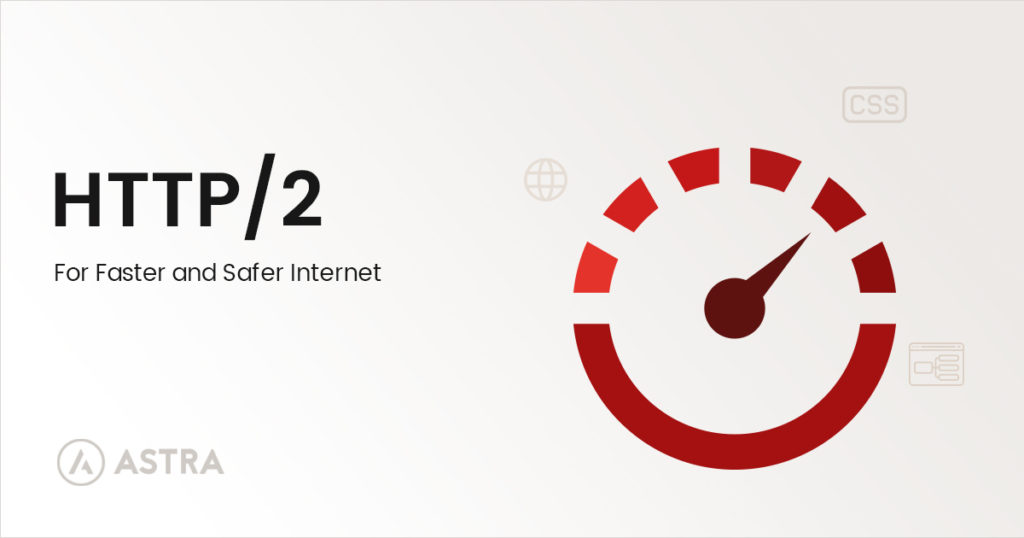


Hi. we need to setup a free course with by registring user name, mobile no and email address but it goes into error message. fo i have to buy a plugin for that ?
Hello Yusuf, we are unsure about the error message you are referring to. Can you describe the error or reach the relevant customer support who can help you in a better manner.